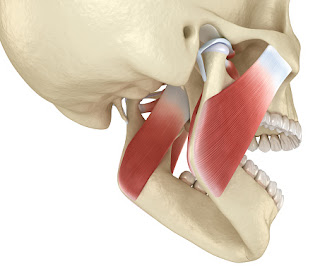The Tender Points Of Fibromyalgia
It’s not easy to spot fibromyalgia. This is one disease that doesn’t have many visible signs. Most symptoms of fibromyalgia including pain, muscle tenderness, and fatigue are hard to see. It can be difficult to get an accurate diagnosis and find the treatment you need because fibromyalgia symptoms are similar to those of other diseases. Although fibromyalgia isn’t fatal, it can have serious, lifelong effects.
There are 18 tender points throughout the body, each about the size of a penny. Fibromyalgia trigger points are located in clusters around the neck, chest, shoulders, elbows, hips, and knees. They’re located on both sides of the body, both above and below the waist. For a point to be considered tender, the spot should produce localized pain when your doctor presses on it with their finger. The doctor will push with enough pressure that their fingernail turns white. A point that tests positive for tenderness will be painful only on the exact spot the doctor presses.
One of the defining characteristics of fibromyalgia is that the pain usually fluctuates. It may come and go, move around, or vary widely in intensity from day to day. On the day that you call your doctor to make an appointment, you might have tenderness in all 18 tender points. On the day of the appointment itself, you may only have tenderness in four of them. Over the years, many people with fibromyalgia have gone undiagnosed because they didn’t have tenderness in 11 spots at the time of their physical exam.
Treatment
Treating tender points involves treating your fibromyalgia condition as a whole and may involve several prescriptions and recommendations for lifestyle modifications. Physicians may recommend the following types of medication to help with fibromyalgia symptoms and tender point pain:
Antidepressants
Anti-seizure medications
Non-steroidal anti-inflammatory drugs
Injections of steroids or other medications
It is hard to measure pain and fatigue because people may experience and report it differently. Diagnosing FM is complex. People who suspect that they may have the condition should seek consultation with a doctor who is familiar with it and similar conditions. As many symptoms of FM are general to begin with, it can be difficult to know when to see a doctor.
However, a person should see their healthcare provider if they feel widespread pain for more than a few weeks, especially if they are experiencing additional symptoms, such as trouble sleeping or concentrating.
Complications
FM is not a life threatening condition, but it can interfere with everyday function and quality of life. People with the condition may find that it can affect their employment, family, and social life. Anxiety and depression may also be complications of FM, as withdrawing from activities due to symptoms can contribute to emotional issues.
Self-help tips and home remedies
As well as medication, some complementary treatments may also help some people with FM. For example, massage therapy, acupuncture, and yoga can all help a person better manage their physical and emotional symptoms. There are several steps a person with FM can take to manage their symptoms at home, including Exercise.



Comments
Post a Comment